Academic Studies in SIT
Join us in Creating Futuristic Robots at SIT
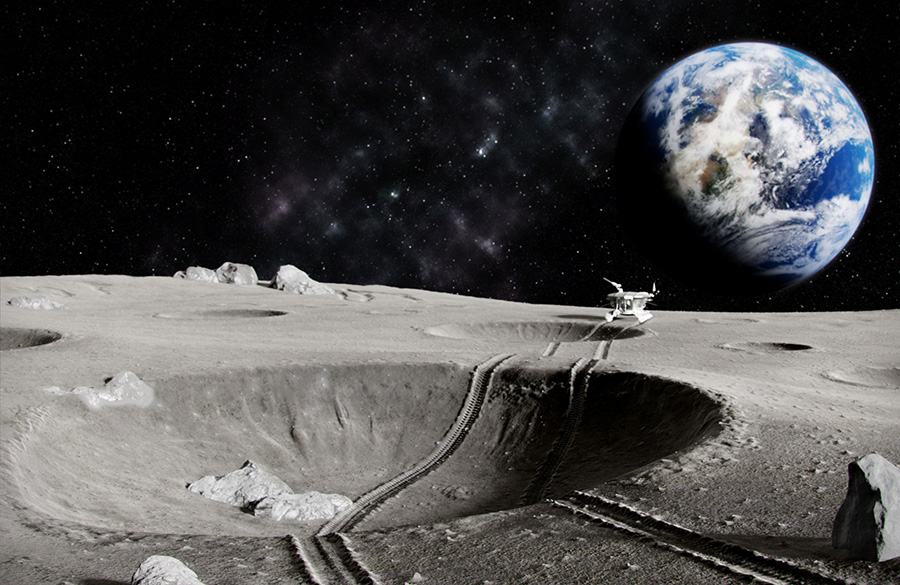
Japan as a country is a technological trendsetter on the world stage. Here in Japan, we have some of the best robotics professors and institutions; this is due to the fact that our strong will to make the world a better place through futuristic technologies is unmatched anywhere else in the world. SIT is a critically acclaimed university with a state-of-the-art Machinery and Control Systems department and research laboratories. Students and members of our faculty have been involved in some of the most important robotic projects in Japanese and world history.
A few Types of Robots and their Applications
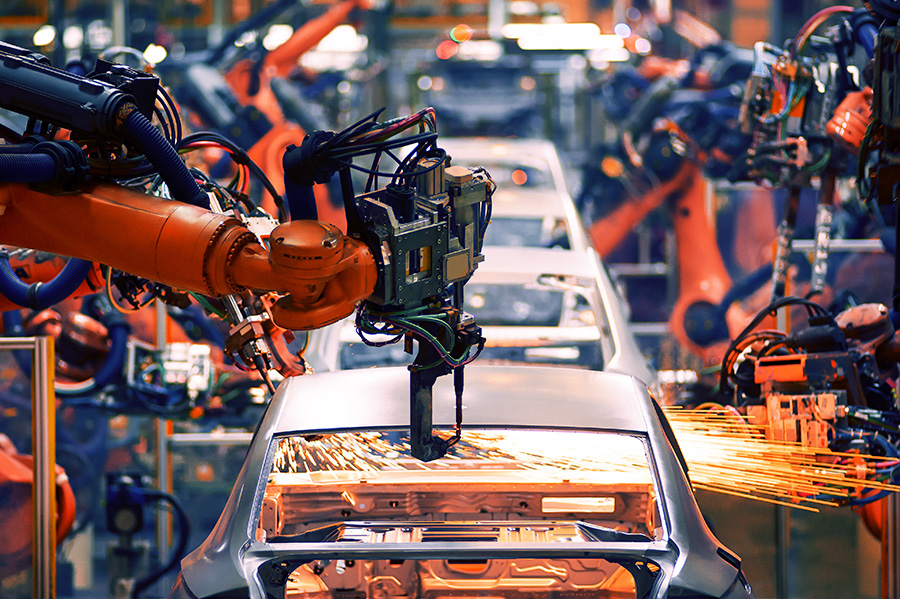
The word Robot is a vague one, it encompasses a number of different types that all work for the sole purpose of making life and development easier. We’ll look into a few of the most important robots you can help create at SIT and their uses.
When it comes to the topic of robotics, there are generally two types of robots, they include Industrial and Non-industrial robots. In the area of industrial robotics, Japan has established itself and consolidated its position as one of the major producers and exporters of robots in terms of value and units.Industrial Robots
Industrial robots include those that are used in industrial manufacturing environments, these are usually highly efficient arms developed to carry out specific tasks such as painting, vehicle assembly, welding, and the likes.
Space Robots
These are robots used outside of our planet’s atmosphere to make extra-terrestrial exploration easier and more streamlined. They include lunar robots used during visits to the moon, MARS rovers used to drive around and explore the surface of Mars, and several different robots used on the International Space Station.
Medical Robots
Medical robots have helped save lives around the world, without medical robots medical procedures would be a lot less successful than they are today.
Medical robots include surgical robots that assist doctors in making more precise and calculated decisions during surgery, automated lifting aides, amongst others.
Military Robots
Militaries around the world are becoming increasingly mechanized and technical; this has warranted the need for new robots with the ability to carry out tricky, life-threatening tasks. Military robots include drones, bomb disposal robots, logistical and transport robots used on the frontline.
A lot of military robots end up being used by law enforcement officers such as police and border security to enable them to carry out their duties and protect us better.
Other types of robots include Household robots, service robots, deep-sea research robots, entertainment robots, and others.
SIT’s Space Exploration and Terra-mechatronics Laboratory
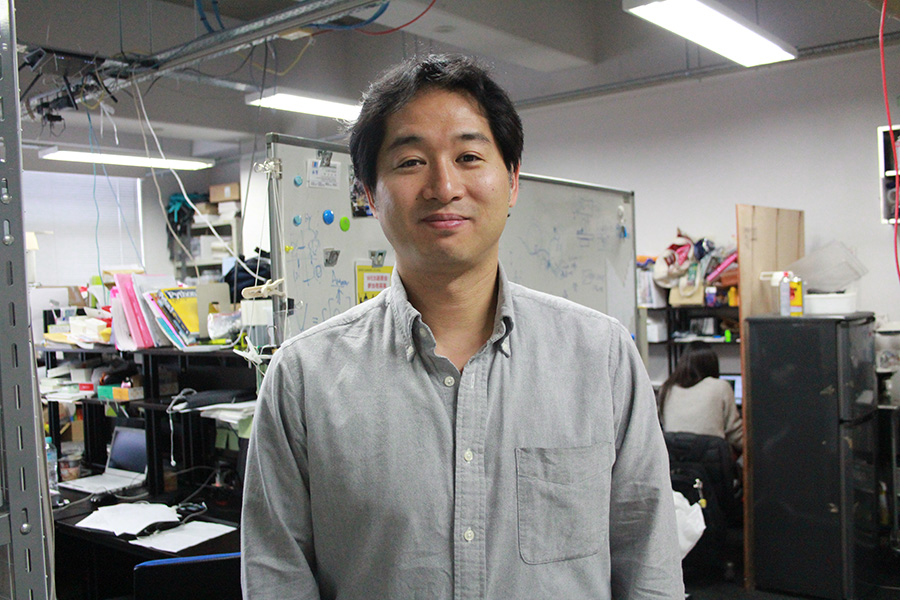
SIT’s Space Exploration and Terra-mechatronics Laboratory is headed by Professor Dr. Kojiro Iizuka. Professor Iizuka is a Doctor of Engineering that specializes in the research and development of wheeled robots and how they react to various surfaces.
At SIT’s space exploration and terra-mechatronics lab, we focus on the research and development of everything from industrial robots all the way down to robots used during the exploration of extra-terrestrial bodies and space. This lab has contributed to the creation or fully created some of the most important exploration robots in world history.
SIT’s space lab recently began focusing on terra-mechatronics, it is the study of soil particles and how they react to tracked or wheeled vehicles on the surfaces of foreign objects.
In SIT’s space exploration and terra-mechatronics lab, you’ll have the opportunity to be a part of the design and creation process of some incredible robots such as lunar rovers, remote-controlled robots with autonomous obstacle avoidance and navigation.
In Professor Iizuka’s lab, we’re constantly looking for ways to build more efficient robots for space exploration, this led us to study the effects of soil particles on the moon, and others planets then use the data we have to create more resilient robots.
All our professors are critically acclaimed, world-class professors that are at the top of their respective fields, we believe in a hands-on approach when it comes to teaching. If you get the opportunity to work with Professor Iizuka, you’re sure to gain practical knowledge about all we create because you’re going to be an integral member of the team.
Our lab’s environment is very calm, everyone here wants to grow and be the best they can be, this will incentivize you to go above and beyond when creating robots of the future. If what you want is to learn from some of the best minds in the field of robotics, then SIT’s space exploration lab is perfect for you.
Creation of Robots and Systems with the Ability to Move on Various Surfaces
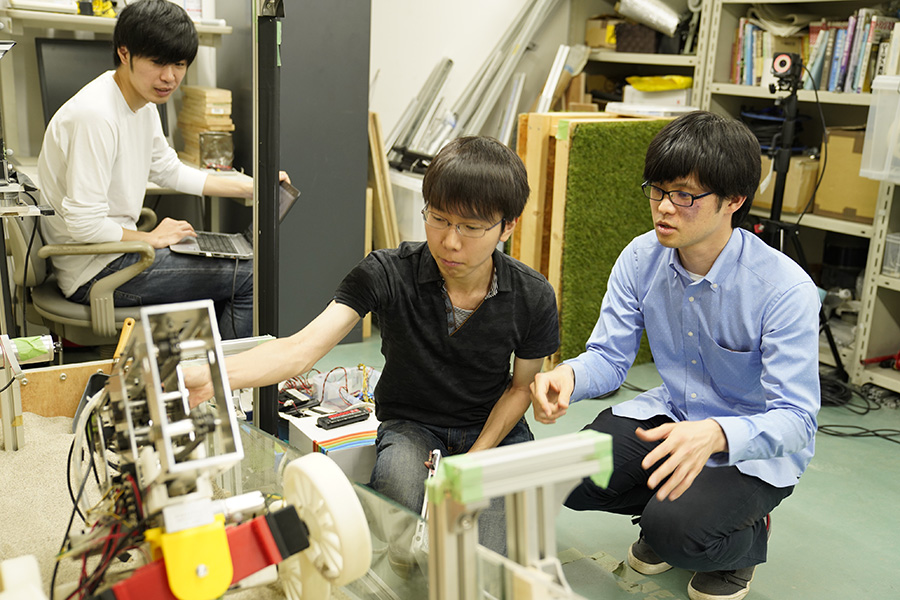
Professor Kojiro Iizuka of SIT’s Department of Machinery and Control Systems recently developed a ground-breaking wheel running system that’ll not only improve our ability to explore space but also help in important activities such as agriculture, rescues, navigating through snow, amongst others.
It’s safe to say that it has proven difficult to maneuver exploration rovers through the surface of Planets and our moon. This is due to the fact that the topsoil of extra-terrestrial bodies such as planets is softer with particles that are less defined when compared to that on our planet. For years, the world has been searching for a practical means to be able to maneuver bulky vehicles through our Moon without the rovers sinking through the topsoil into underlying sand.
There is a recurrent problem of vehicles sinking when moving on soft surfaces, vehicles sink when their weight and tire configuration isn’t accurately spread out with respect to their weight. A time usually comes when vehicles on soft surfaces become unable to move forward on the ground.
After years of diligent work, Professor Iizuka with the help of the students working in his lab finally came up with a practical way to maneuver vehicles through the Regolith of planets. The science behind this development is very straightforward.
By analyzing the force being applied to the tire, Professor Iizuka concluded that it is possible to successfully advance through loose soil by pulling the rear wheels of a vehicle towards the front wheels when all-wheel drives fail to advance.
Furthermore, Professor Iizuka’s technology can only be realized by increasing the number of operating motors. This makes our development relatively inexpensive when compared to alternatives. By moving the distance between the wheel axles, our vehicles can continue moving forward even on the softest of grounds.
By researching extensively on how the tires of planetary exploration robots subside on the moon, professor Iizuka and his team analyzed the constant change in force being applied to tires. This led to the discovery of a new driving method that fuses the support force (the force that causes the tires in the front and rear to become immovable) obtained when the tires sink.
When the front wheel of your vehicle becomes buried in soil, not only does it not advance forward, it also fails to advance backward. If you shrink the wheelbase in this state and move the rear wheel forward, the force with which the front wheel is fixed is stronger than the force pulling the rear wheel, and you can bring the front and rear wheels into close contact, thereby freeing your vehicle from the soil.
In the future, we aim to clarify this principle and begin practical application of this technology by conducting detailed analysis, and evaluation of what occurs in the tire. This technology transcends beyond space, it has the ability to revolutionize how we “weed” our farms and how we transport materials within our farms. In situations like Earthquakes and Landslides where you need to be as cautious as possible when navigating through disaster sites, robots like this can prove to be the difference between life and death.
After all, is said and done, this technology has the potential to revolutionize how we build space robots of the future. As we venture further into our solar system, we need to be as prepared as possible for the future.
Why you should join SIT’s Space Exploration and Terra-mechatronics Lab
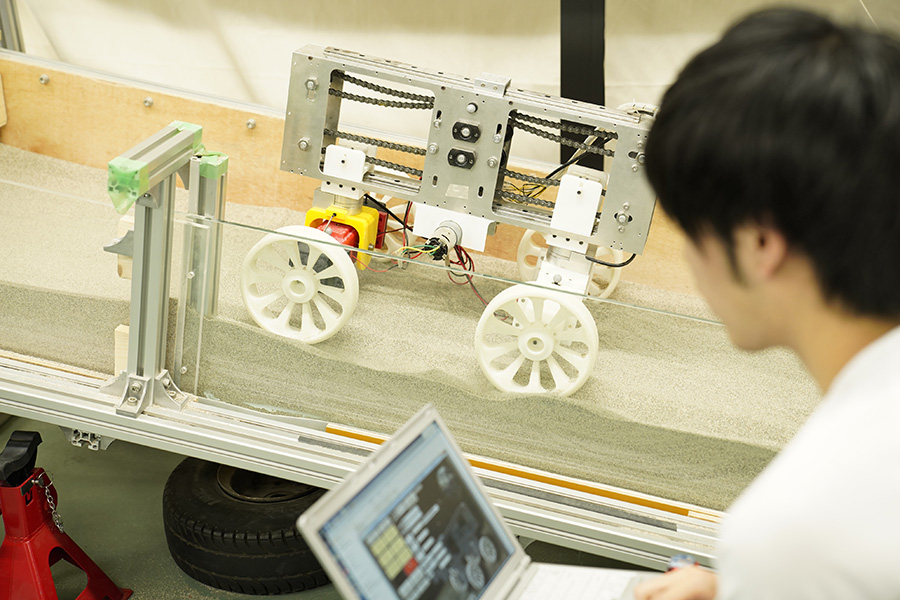
When it comes to earning a STEM degree, there’s no better destination than Japan, our culturally unique and technologically advanced nation is a desirable destination for students from far and wide.
The impressive innovations that come of out of our institution yearly don’t happen out of luck, it occurs as a result of dedicated work from professors and students alike in a conducive environment that encourages growth and personal development.
SIT affords you the opportunity to experience Japan intimately, at SIT; you’ll earn a world-class degree while enjoying a fascinating and completely different way of living.
If what you want is to earn a highly sought-after degree from a world-class institution in one of the greatest cities in the world, then SIT is the perfect place for you. You can be rest assured that the next few years of your life with us are going to account for some of the best.